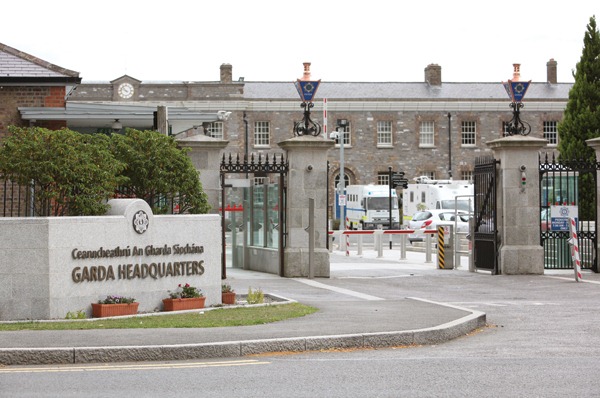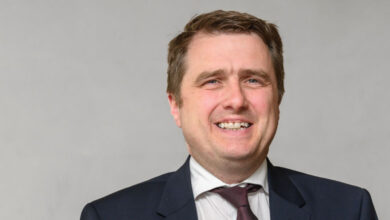A changing Garda
eolas reviews progress on modernising Garda procedures and assesses the challenges facing the force amid the economic crisis.
Despite the pressures of staff cuts, smaller budgets and rising crime (in some but not all areas), An Garda Sióchána is making good progress in streamlining its work.
Under the National Recovery Plan, Garda numbers will fall from 14,500 to 13,000 over 2011-2014. The initial target of 13,500 gardaí for the end of this year is unrealistic (the status quo is around 14,100) but the Justice Minister considers 13,000 sufficient to meet all challenges facing the Garda. Retirements are expected to increase up to February 2012, when pension lump sum cuts take effect.
An Garda Sióchána was allocated €1.53 billion for 2011. The 2012 Budget is expected to include the closure of several rural stations and overnight closures in Dublin. The total of 703 Garda stations compares to 84 operated by the PSNI.
In 2009, An Bord Snip Nua found that many stations required “extensive refurbishment” and recommended that half be closed, at the Commissioner’s discretion. Savings and asset sales could be used to upgrade the remaining stations.
Rural residents say this will leave large areas of the countryside, especially in the west, unprotected. The review group also questioned the need for gardaí to man passport control points, a task that could be transferred to the Irish Naturalisation and Immigration Service and then outsourced.
The Garda Inspectorate’s 2010 report on resource allocation questioned the need for gardaí carrying out administrative duties (especially in Dublin stations), immigration checks and static protection. An electronic system for leave records, online forms for transactions, and response time targets (including estimates of arrival) for emergency and non-emergency calls were proposed.
More one-officer mobile units for non-emergency calls were also suggested for towns and cities but not in extensive rural areas (where back-up is far away). Garda control rooms could also be co-located with those of other emergency services, and a dedicated helpdesk could handle non-emergencies rather than sending out a unit.
In response, the Commissioner is considering a report on closures and reduced opening hours in Dublin. A pilot on the central co-ordination of vehicles is also under way in the capital.
The handling of firearm licence fees is now outsourced to An Post and age card applications are taken online. The electronic record system depends on the budget, as does civilianisation. As a start, 18 civilians have replaced gardaí control room staff. Separately, the abolition of most ministerial cars has freed up around 60 gardaí to other duties.
A merger of all emergency control rooms is considered too costly, according to officers. The Garda Charter sets a target of responding to 80 per cent of 999 calls in seven minutes, and aiming to reach non-emergencies within 15 minutes in urban areas. Exact targets for non-emergencies are not feasible in rural areas given the distances involved.
Comparing 2010 with 2007, there are fewer homicides and assaults and a substantial reduction in drink driving (19,822 cases down to 10,686) and other liquor-related offences. In a welcome sign, the recession has reduced the market for illicit drugs, bringing it down to €30.9 million (similar to 1997 levels).
As expected in a recession, robberies have increased (from 2,171 to 3,197); the trend includes more muggings and carjackings. The number of thefts (76,840 last year) has been growing since the Celtic Tiger began. Burglaries (24,882 last year) remain relatively constant year-on-year, as do cash-in-transit raids.
Against those trends in crime, Ireland will certainly have a smaller police force in 2014 but a more efficient one as well if reform takes root.






